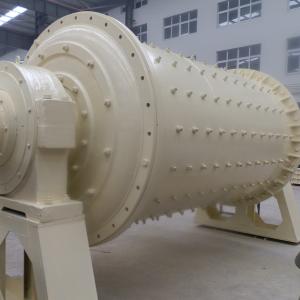
Add to Cart
Leonardite is a subtype of brown coal. It is an organic product consisting of substances useful for plants and living organisms. The basic components here are humic and fulvic acids. They are formed from plant and animal tissues by exposure to chemical and biological processes resulting in humus formation. Leonardite grinding allows obtaining highly concentrated organic fertilizers which are an alternative to chemical products.
Compared to other humic substances, leonardite is distinguished by a high biological activity in the molecular structure which is associated with a large molecular weight of humic acids obtained from this substance.
Leonardite is a substance in which essential high-molecular-weight organic components are concentrated and contribute to improvement of soil microflora and stimulation of microorganisms’ activity in soil. Humic substances saturate plants with useful components, affect their growth, development, germination ability, and immunity. They reduce the amount of pesticides and heavy metals in soil. Humic acids have a detoxifying effect on substrates. In addition, humic preparations increase the assimilability of useful substances in living organisms.
Owing to such properties of leonardite products, they are used in the following fields:
Replenishment of useful substances stock in humus, restoration of microflora, normalization of soil acidity and ability to retain moisture.
Owing to humic acids, plants receive substances for active growth, development, resistance to diseases, pests, drought, and cold. They grow faster, produce high-quality crops, and extend the shelf life of fruit and vegetables.
Increasing the resistance to adverse weather conditions, strengthening and activating the ability to germinate.
Neutralization of pesticides, radionuclides, heavy metals, reduction of soil toxicity.
It is a biologically active supplement in livestock, fish, and poultry farming which contributes to increasing the nutritional capacity of feedstuff, assimilation of useful elements and substances by living organisms.
In addition, leonardite is used for production of fuel briquettes. It is also used in the field of water treatment when drilling the oil wells.
In order to obtain a high-quality product used in these fields, it is important to activate the substance properly and efficiently. Leonardite grinding, obtaining humic substances by chemical extraction, and other processing methods shall ensure a high yield of the product with minimum impact on its organic structure. It shall be environmentally safe.
The most common methods for obtaining humic preparations from leonardite involve chemical extraction by leaching. At the same time, a variety of technologies make it possible to obtain ballast and ballastless products. The former are considered to be fertilizers, and the latter are considered to be humic preparations. Fertilizers are distinguished by a considerable remediating effect on soils, they activate the mobility of phosphorus compounds, improve the substrate structure, the hydrophysical properties, etc. The preparations are mainly used for foliar dressing and seed processing, because they have no significant effect on soil properties.
In general, a great number of methods for leonardite processing are practiced in order to obtain fertilizers and preparations:
This diversity is determined by the need to obtain products with different properties to be used for various purposes. Each of the technologies is mainly used for production of a specific type of fertilizers or preparations — suspension gels, fulvic acids, humic biologically active preparations. The listed leonardite processing technologies are combined for manufacturing certain products. For example, a popular method for manufacturing humic products involves initial raw stuff grinding, further oxidation, leaching, and other processes.
Basically, the listed technologies are distinguished by their complexity, duration of operations, and costliness due to high energy consumption and the use of chemical agents. In addition, it is not always possible to obtain a sufficiently high yield of the product, or it is partially subjected to alteration because of using the chemical agents, temperatures, and pressure.